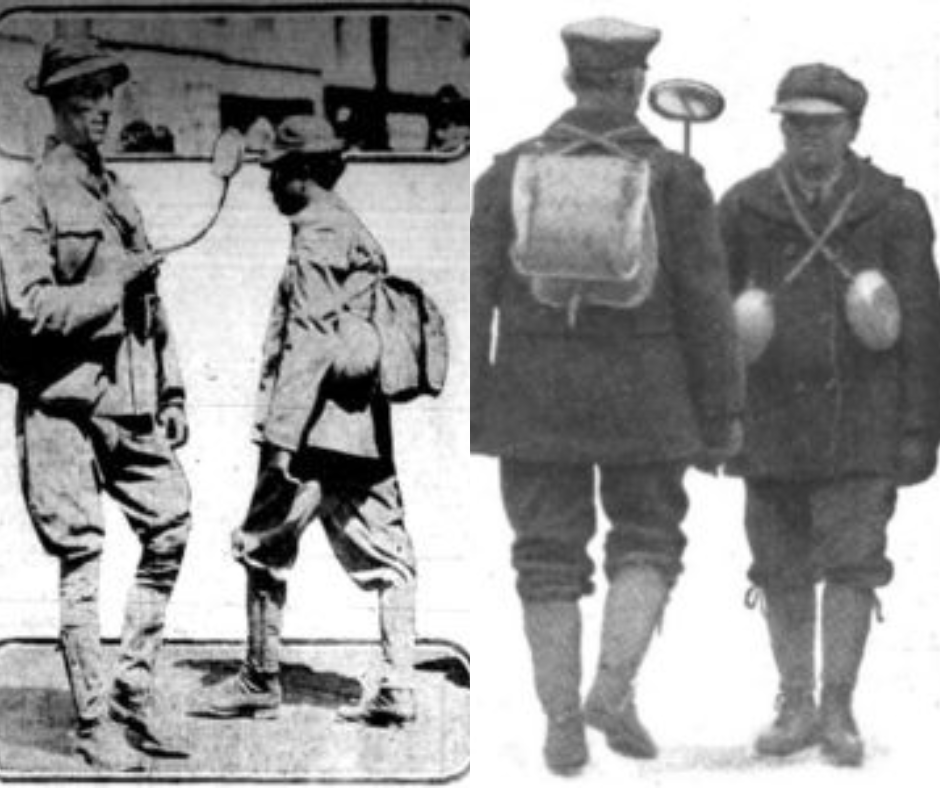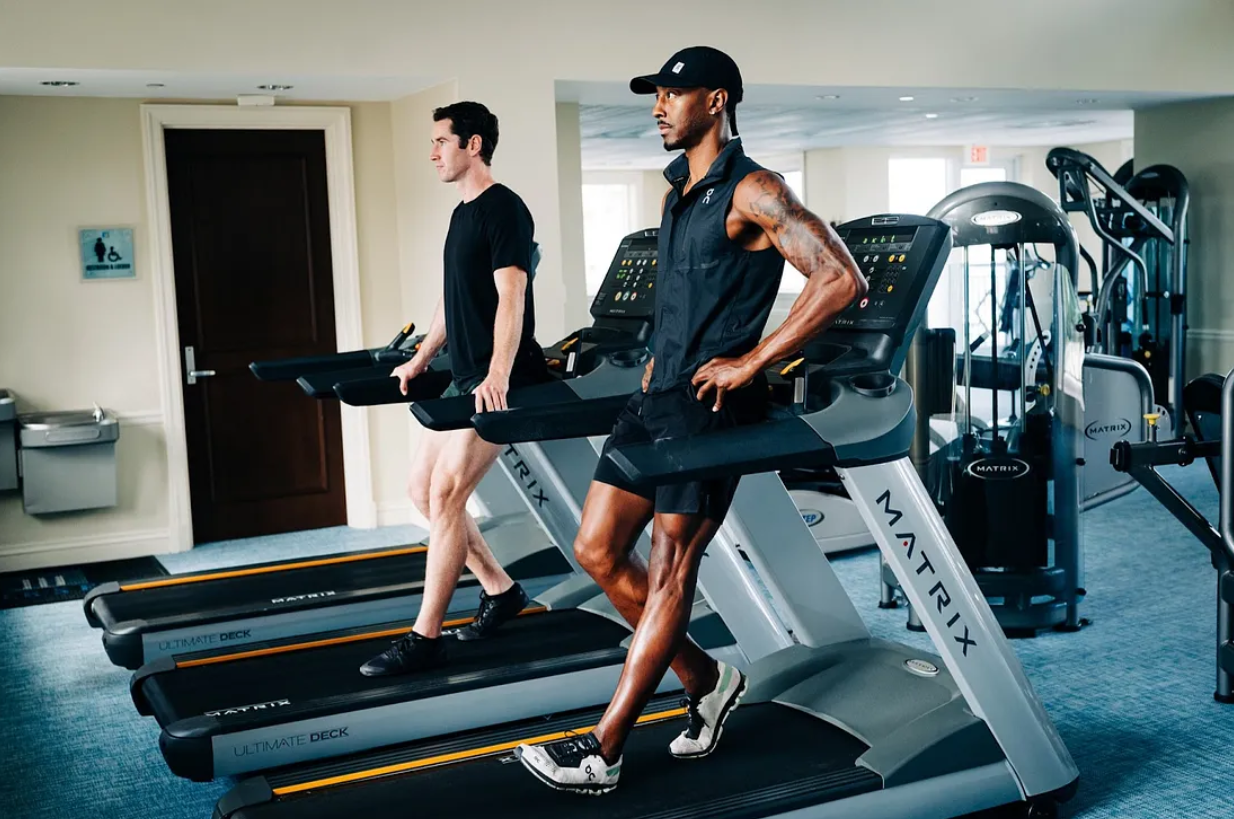Research Shows Walking Backwards Is Good For Your Health And Brain
Retro-walking can improve memory, reaction time, and problem-solving skills!
In the summer of 1915, Patrick Harmon, a 50-year-old cigar-shop owner, set out to walk backwards from San Francisco to New York City to win a bet
With a wager to win USD20,000 — worth about USD618,479 or RM2.9 million today — Harmon completed the 6,300km journey in 290 days, relying on a friend and a small car mirror attached to his chest for navigation.
Harmon had claimed the journey made his ankles so strong that "it would take a sledge hammer blow to sprain them", as reported by BBC.
Newspaper clippings of Harmon and his friend, William Baltazor, during their walk from San Francisco to New York City.
Image via Ultrarunning HistoryRecent research suggests that walking backwards, or 'retro-walking', actually offers significant benefits for both physical health and cognitive function
Speaking on BBC podcast and Radio 4 show Just One Thing, British television journalist Michael Mosley explained that reports of retro-walking date back to the early 19th century, with people walking hundreds or thousands of miles in reverse.
From winning bets to setting new records, the reasons behind retro-walking weren't exactly scientific.
However, it has since been discovered that walking backwards actually offers physical benefits, such as relieving back pain, knee pain, and arthritis. Studies also show that it can improve cognitive abilities, including memory retention, reaction time, and problem-solving skills.
Physiotherapists and researchers have found that retro-walking helps build muscle strength and can even boost sports performance.
Janet Dufek, a biomechanics expert at the University of Nevada, has spearheaded research into retro-walking for over two decades
Her studies demonstrate how regular backwards walking sessions improve hamstring flexibility and strengthen back muscles, which are crucial for spine stability.
Many professional and amateur athletes already incorporate backwards walking and running into their training routines to improve agility and prevent injury.
Interestingly, neurological studies show different brain activity during retro-walking, particularly in the area responsible for cognitive functions.
A Dutch study found that participants were able to solve a Stroop test, which uses conflicting stimuli such as the word 'yellow' written in green, in less time when walking backwards.
But it's not just athletes who benefit; retro-walking helps the elderly, young, obese individuals, those with osteoarthritis, and post-stroke patients
"The biomechanics of walking backwards is very different than forward walking," Dufek told Mosley.
"In backward walking, there is a reduced range of motion at the knee that can have some benefits for individuals who may be rehabilitating from knee surgery, for example," she added.
Of course, there is an increased risk of falls and resulting injuries when retro-walking. But if you practise caution, it might be worth adding to your daily routine for extra fun, better health, and a sharper mind. ;)



